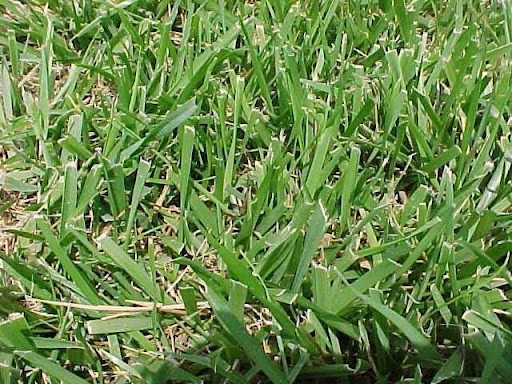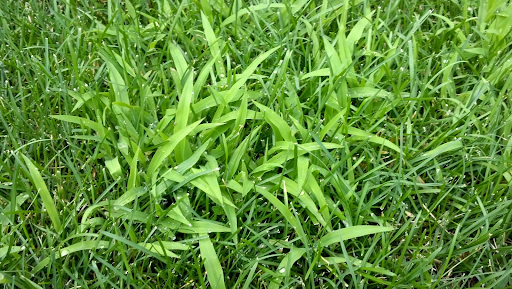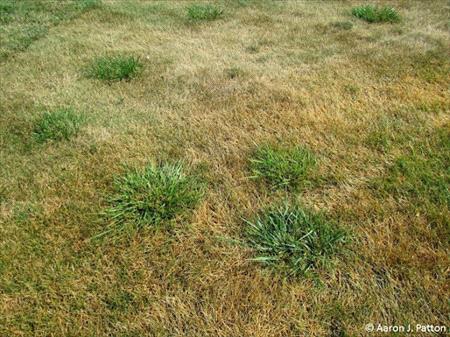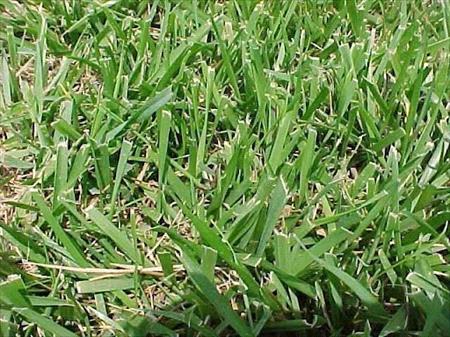Your Cart

Learn Your Lawn: Tall Fescue
Request a Quote
Tall Fescue is a perennial cool-season grass that is identified by its tall, dense blades, which have a deep green color and a rough texture. It’s a hardy grass that is tolerant of drought, heat, and foot traffic, making it a popular choice for parks and sports fields. Tall Fescue is also known for its ability to grow quickly and establish a strong root system, which helps it persist in areas with low soil fertility and variable weather conditions. Because it does not blend well with other cool-season grass species, it is regarded as an undesirable and grassy weed. Tall Fescue can be problematic in residential lawns because it is highly invasive and difficult to control and remove. It has long, deep roots that make it difficult to pull out, and will often regrow from the roots or from seeds that have fallen into the soil. It can spread quickly, forming dense clumps that outcompete other grasses, making it hard for the rest of the lawn to thrive. Tall Fescue is often confused with Crabgrass, but it’s easily distinguished by the fact Tall Fescue is a perennial and will be visible year-round, whereas Crabgrass is an annual and generally won’t germinate until early summer. Tall Fescue Lawn Crabgrass An effective way to control small infestations of Tall Fescue is by pulling individual plants by hand and repairing these areas with desirable grass seed varieties or sod. If the infestation is larger, other forms of control may be necessary. A thick, healthy, well-maintained lawn is always the best line of defense. This can be achieved through beneficial cultural practices, which include: Watering: Deep and infrequent watering is essential for strong plant health and development. A general rule of thumb is to water each area of your lawn for 30-45 minutes, twice per week, in the early morning so the turf is dry by nightfall. Mowing: Maintain a regular mowing schedule throughout the growing season. In general, you should keep your lawn between 2 ½ and 3 ½ inches high, but during the hottest weeks of summer, you may allow the grass to grow as high as 4 inches. Never remove more than ⅓ of the grass blade at each mowing. Fertilizing: Regular applications of Weed Man’s specially formulated, slow-release granular fertilizer will help provide your lawn with adequate nutrients. These applications are timed specifically to avoid over fertilizing the lawn. Core Aeration and Overseeding: Aerate and overseed annually to fill in bare areas with suitable seed and topsoil and to choke out unwanted grasses and weeds. This will help thicken the turf, so weeds can’t break through, and will improve soil drainage and alleviate soil compaction, allowing water and nutrients to penetrate deeper into the soil. Your local Weed Man professional will be able to offer other solutions and recommend the best form of treatment that is suitable to improve the conditions of your lawn.What Is Tall Fescue?


How Can I Control Tall Fescue In My Lawn?
 English (USA)
English (USA) Français (CANADA)
Français (CANADA)

